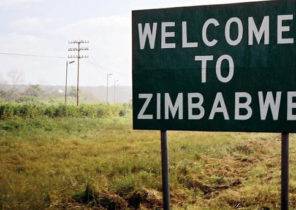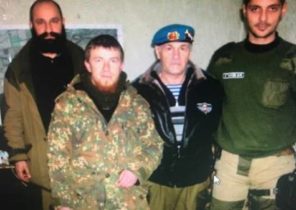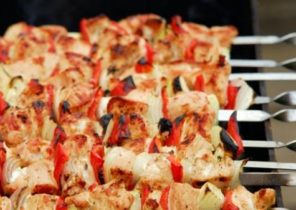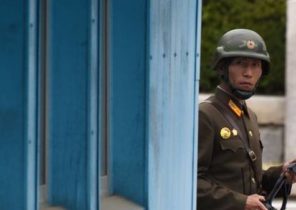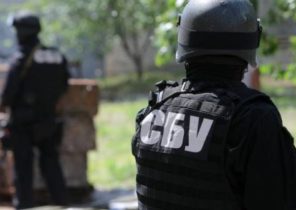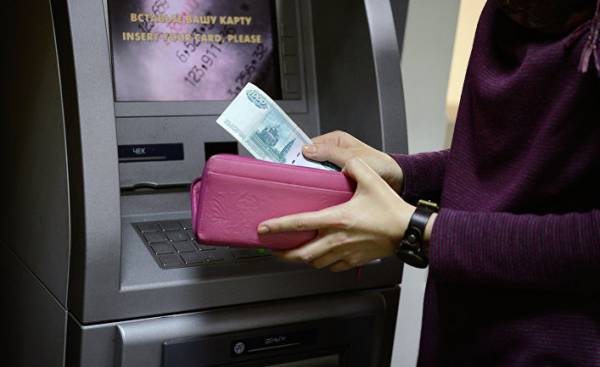
The subsistence minimum in Russia for three years has increased by a third to almost 10 thousand rubles, but still at least twice as low compared to real needs. Keep low subsistence level allows the government to save on social payments and not to spoil the statistics of poverty. Edition EurasiaNet.org tried to find out how, in reality people need to escape poverty.
The government has published a draft regulation on the minimum subsistence level in the first quarter of 2017 (set by the end of the quarter). According to the document, the smallest monthly amount, sufficient, in the opinion of the state, to provide one person food and non-food goods and services is 9 thousand 909 roubles.
This figure rose 2014 (7 688 thousand rubles) 29%, although in the view of many residents remains extremely low. According to the poll, 80% of the population are considered poor those who can hardly afford food or clothing. Based on this definition, poverty in the view of the inhabitants occurs when the income is below 15 thousand 506 roubles per family member, according to the study. In Moscow and St. Petersburg the figure is 21 681 thousand rubles per person in rural areas — 12 thousand 478.
The living wage is calculated according to the method, whereby the cost of manufactured goods (for example, 2 thousand 500 rubles) is equal to half the cost of the food (5 thousand rubles). Similarly calculated the cost of services (2 thousand 500). (The total amount, so 10 thousand.) Simplification of the methodology leads to some discrepancy in the cost of non-food goods and services, real prices, despite the fact that it uses a correction factor, which takes into account inflation, explained EurasiaNet.org head of the laboratory of the Institute for social analysis and prediction Ranepa Elena Grishina.
“At the same time we must understand that the cost of living is some compromise between the estimate of the basic needs of the population and the budgetary possibilities of the state, as the number of recipients and the size of individual social benefits provided subject to the means test depends on the subsistence minimum”, she added.
Since the subsistence level is taken into account in the calculation of poverty in Russia, the level of subjective poverty (the proportion of those who believe that they have enough money only for food or even enough to it) exceeds the official poverty level. For example, in 2016 the official poverty rate was 13.5% of the population, and the rate of subjective poverty, according to “Fund “Public opinion”” at the end of the year amounted to 40%, said Grishin. According to Rosstat, the average income of people who have enough money for food and clothing, on average, more than two minimum subsistence level, the expert concluded Ranepa.
But even the average salary that is significantly superior indicators of the subsistence minimum, is often barely sufficient for survival.
Olga and Yuri — the residents of St. Petersburg, revenues and expenses which can be considered typical for this city (population in it — 5.2 million people, the official average salary — 53 of 272 thousand rubles). They were asked not to indicate their names and the names of employers. Their combined monthly income is of 105.4 thousand. Living without children in their own two-room apartment (i.e. the rent is not paid).
“There is nothing left. No money for clothes, shoes, no money for better products, no travel, not enough concerts, and cultural life. If to speak about what amount we would suit, I think we have enough for 150 thousand per month each,” says Olga.
In her Olga, for the physical survival of the average Petersburger it is necessary 50 thousand rubles per month. “If you imagine that I have no desires, I just eat and sleep, at least just to survive, you need 30 thousand”, — she said.
David from Perm (population 1 million people, the official average salary — 31 884 thousand rubles) also receives an average salary for your region — 35 thousand roubles plus 700 rubles a day per diem in private in his work assignments. Lives in a Studio apartment in Perm, doesn’t pay his rent.
The amount of its expenditures for food, clothing, utilities and transport is 33 thousand 250 roubles. “Money is not, in principle, remain. The level of salary seems not enough,” he said.
“With regard to the minimum on which to live, think the subsistence level quite corresponds to it. 10 thousand per month will be less likely to buy clothes, not so good to eat, the comfort level will be different. But you can survive…,” added David.
Note that both households with members able to communicate EurasiaNet.org are solely with middle-income citizens (i.e., they have no children, elderly parents and other persons wholly or partially dependent on other household members).
The theme of the incomes of Russian citizens becomes particularly relevant against the background of deterioration of their financial condition, which stretches from 2014. According to Rosstat, in October 2014, real disposable income of the population has fallen by almost 15%, almost reducing to zero all the progress made in improving the well-being of Russians during the previous decade.
